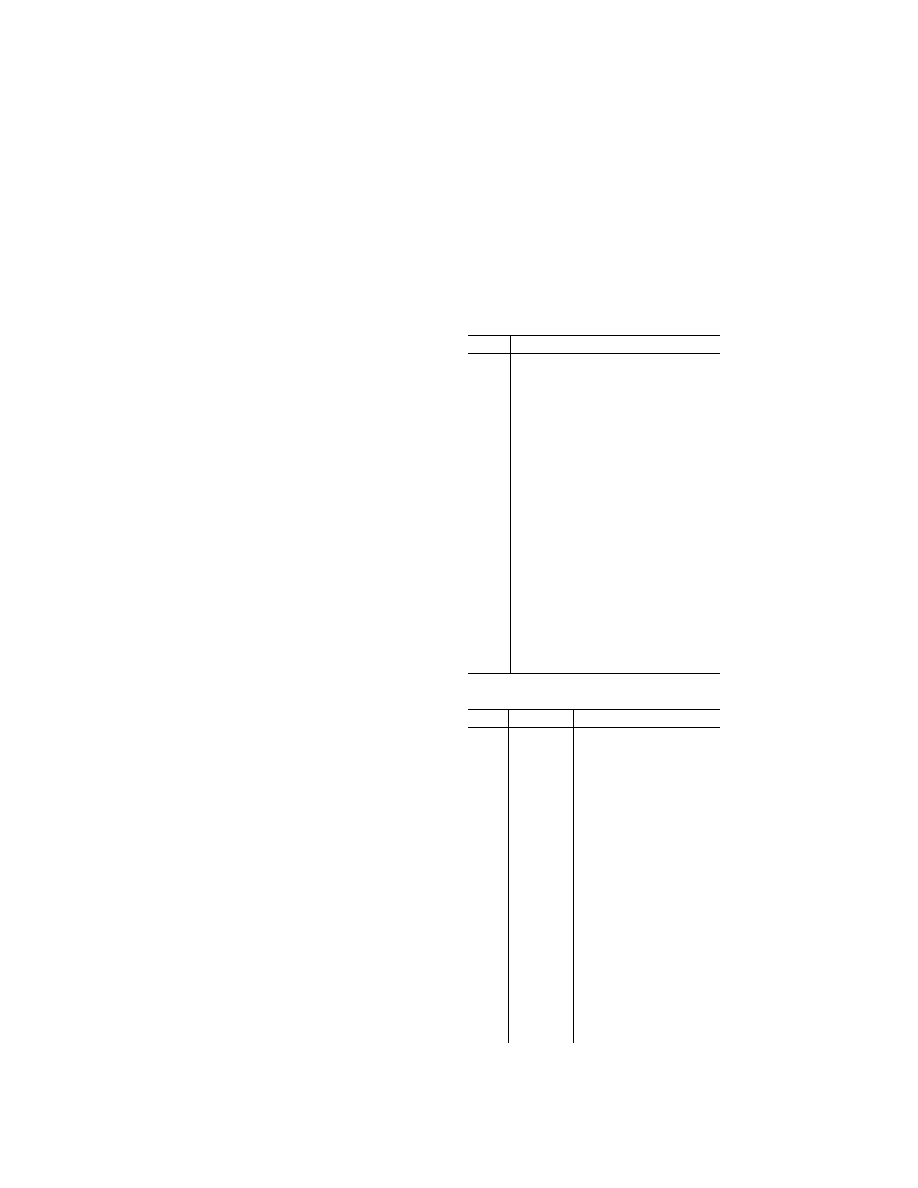
805
Federal Aviation Administration, DOT
Pt. 36, App. A
being on a particular lateral line. The posi-
tion of K
r
and Q
r1
are determined from the
following requirements.
(i) Q
1
K and Q
r1
K
r
form the same angle
q
1
with their respective flight paths; and
(ii) The differences between the angles
1
and
r1
must be minimized using a method, ap-
proved by the FAA. The differences between
the angles are minimized since, for geometri-
cal reasons, it is generally not possible to
choose K
r
so that the condition described in
paragraph A36.9.4.2(b)(2)(i) is met while at
the same time keeping
1
and
r1
equal.
N
OTE
: For the lateral noise measurement,
sound propagation is affected not only by
‘‘inverse square’’ and atmospheric attenu-
ation, but also by ground absorption and re-
flection effects which depend mainly on the
angle.
A36.9.4.2.1 In paragraphs A36.9.4.2(a)(2) and
(b)(2) the time t
r1
is later (for Q
r1
K
r
>Q
1
K)
than t
1
by two separate amounts:
(1) The time taken for the airplane to trav-
el the distance Q
r1
Q
r0
at a speed V
r
less the
time taken for it to travel Q
1
Q
0
at V;
(2) The time taken for sound to travel the
distance Q
r1
K
r
–Q
1
K.
N
OTE
: For the flight paths described in
paragraphs A36.9.4.2(a) and (b), the use of
thrust or power cut-back will result in test
and reference flight paths at full thrust or
power and at cut-back thrust or power.
Where the transient region between these
thrust or power levels affects the final re-
sult, an interpolation must be made between
them by an approved method such as that
given in the current advisory circular for
this part.
A36.9.4.2.2 The measured values of SPL(i)
1
must be adjusted to the reference values
SPL(i)
r1
to account for the differences be-
tween measured and reference noise path
lengths and between measured and reference
atmospheric conditions, using the methods
of section A36.9.3.2.1 of this appendix. A cor-
responding value of PNL
r1
must be computed
according to the method in section A36.4.2.
Values of PNL
r
must be computed for times
t
0
through t
n
.
A36.9.4.2.3 For each value of PNL
r1
, a tone
correction factor C
1
must be determined by
analyzing the reference values SPL(i)
r
using
the methods of section A36.4.3 of this appen-
dix, and added to PNL
r1
to yield PNLT
r1
.
Using the process described in this para-
graph, values of PNLT
r
must be computed for
times t
0
through t
n
.
A36.9.4.3
Duration correction.
A36.9.4.3.1 The values of PNLT
r
cor-
responding to those of PNLT at each one-
half second interval must be plotted against
time (PNLT
r1
at time t
r1
). The duration cor-
rection must then be determined using the
method of section A36.4.5.1 of this appendix,
to yield EPNL
r
.
A36.9.4.4
Source Noise Adjustment.
A36.9.4.4.1 A source noise adjustment,
D
3
,
must be determined using the methods of
section A36.9.3.4 of this appendix.
A36.9.5 F
LIGHT
P
ATH
I
DENTIFICATION
P
OSITIONS
Position Description
A ...........
Start of Takeoff roll.
B ...........
Lift-off.
C ..........
Start of first constant climb.
D ..........
Start of thrust reduction.
E ...........
Start of second constant climb.
F ...........
End of noise certification Takeoff flight path.
G ..........
Start of noise certification Approach flight path.
H ..........
Position on Approach path directly above noise
measuring station.
I ............
Start of level-off.
J ...........
Touchdown.
K ...........
Noise measurement point.
K
r
..........
Reference measurement point.
K
1
.........
Flyover noise measurement point.
K
2
.........
Lateral noise measurement point.
K
3
.........
Approach noise measurement point.
M ..........
End of noise certification Takeoff flight track.
O ..........
Threshold of Approach end of runway.
P ...........
Start of noise certification Approach flight track.
Q ..........
Position on measured Takeoff flight path cor-
responding to apparent PNLTM at station K See
section A36.9.3.2.
Q
r
.........
Position on corrected Takeoff flight path cor-
responding to PNLTM at station K. See section
A36.9.3.2.
V ...........
Airplane test speed.
V
r
..........
Airplane reference speed.
A36.9.6 F
LIGHT
P
ATH
D
ISTANCES
Distance Unit
Meaning
AB ........
Feet (meters) Length of takeoff roll. The distance
along the runway between the
start of takeoff roll and lift off.
AK ........
Feet
(meters) Takeoff measurement distance.
The distance from the start of
roll to the takeoff noise measure-
ment station along the extended
center line of the runway.
AM .......
Feet (meters) Takeoff flight track distance. The
distance from the start of roll to
the takeoff flight track position
along the extended center line of
the runway after which the posi-
tion of the airplane need no
longer be recorded.
QK .......
Feet (meters) Measured noise path. The distance
from the measured airplane po-
sition Q to station K.
Q
r
K
r
.....
Feet
(meters) Reference noise path. The dis-
tance from the reference air-
plane position Q
r
to station K
r
.
K
3
H ......
Feet
(meters) Airplane approach height. The
height of the airplane above the
approach measuring station.
OK
3
......
Feet (meters) Approach measurement distance.
The distance from the runway
threshold to the approach meas-
urement station along the ex-
tended center line of the runway.
VerDate Sep<11>2014
12:50 Apr 30, 2019
Jkt 247046
PO 00000
Frm 00815
Fmt 8010
Sfmt 8002
Y:\SGML\247046.XXX
247046
spaschal on DSK3GDR082PROD with CFR